When I was 17 I remember the mother of two of my best friends narrated to me the sad story of the massacre of Sant’Anna di Stazzema. My friend’s mother’s name is Mita Piera in honor of the two siblings. Mita was the oldest sister of 17 yo, and Piero was her older brother of 12yo. They lost their life the morning of the 12th of August 1944. A day that disarranged the entire area, and passed into the annals of history as the massacre of Sant’Anna di Stazzema.
This horrible event inspired the book “Miracle at St. Anna” by James McBride, who collected different interpretations of the story before writing it. Spike Lee got the inspiration for one of his movies too. He turned the book into a movie, even if it does not represent exactly the way the facts developed, as proved during a long and debated process that finally made emerge the truth.
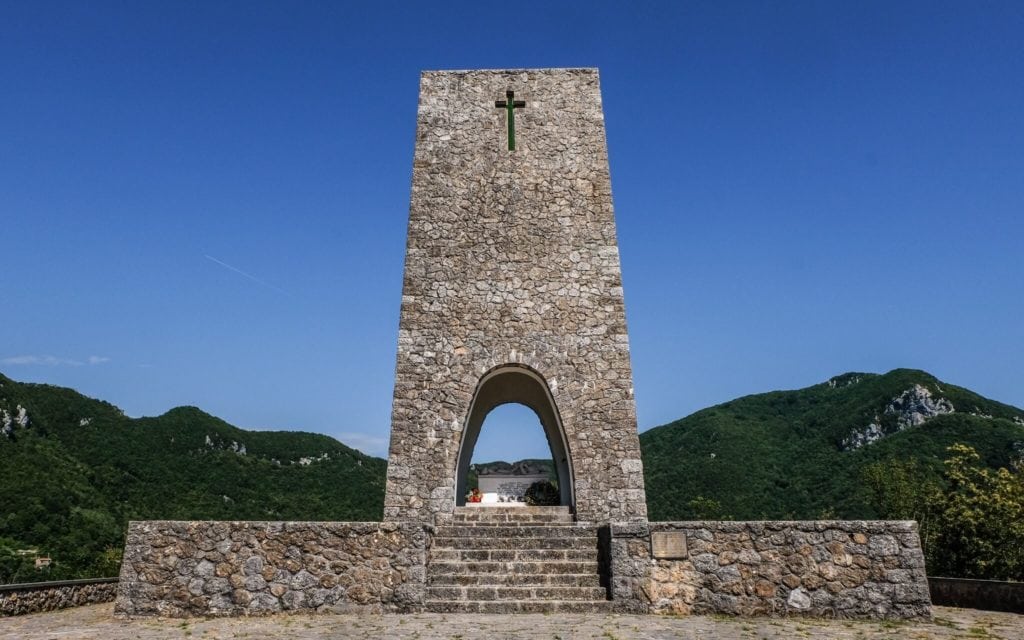
What Happened in Sant’Anna. The Facts
Sant’Anna di Stazzema is a small village of Versilia in Tuscany, and in 1944 was the theater of one of the cruelest Nazi-Fascist war crimes of World War Two. Here, the Nazis murdered about 560 people (including 130 children between 2 months and 16 yo).
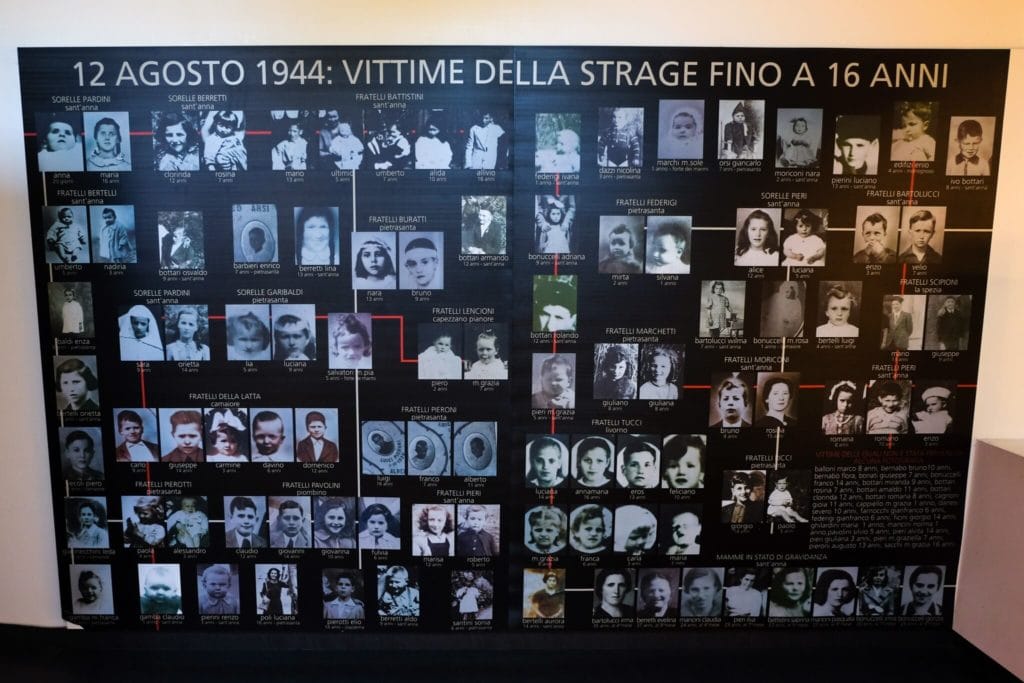
The story of Mita and Piero, two young innocent victims of the slaughter
The story I tell you is the testimony of Mita Piera. She was born after the war. Their parents lost a daughter Mita (17yo) and a son Piero (12yo), on the wretched 12th of August 1944.
Here is how things happened during the retirement of the Nazis during Italy’s occupation.
During the Nazis’ bombardments, many displaced people moved from the flatland to the mountainous village of Sant’Anna di Stazzema to find refuge in their relative’s houses. The little hamlet was considered safe, a white zone, by the Nazis, and people were warned to leave the coastal area. Giovanni Aldemaro and his wife Elda lived in Capezzano Pianore in the territory of Camaiore municipality.
They decided to move to some relatives in Sant’Anna. They didn’t feel safe in their home, while the Nazis’ tanks were arriving on the main road. The butchers of the village offered to host them, in exchange for some help in the family business. Here they enforced their relationship with their relatives, they made new friendships. The evenings in the Piazza of the Church were always a good occasion to have fun with some music. Mita, their daughter loved dancing with her fiancé Carlo.
How was living in Sant’Anna during the war
Life in Sant’Anna di Stazzema was not bad at all. It was an excellent place to stay during that time for many reasons. First of all, it was far enough from the war zones. Secondly, the village was prosperous in food, unlike other areas. The economy of the hamlet was based on agriculture and pastoralism. Moreover, it was also a good spot for the antifascist Italian Partisans to rest and refill themselves with food. They hid in the forests during the day. In the dark they came out, taking part in village life. They attended the dances in the square and enjoyed the food the inhabitants offered them in exchange for their protection.
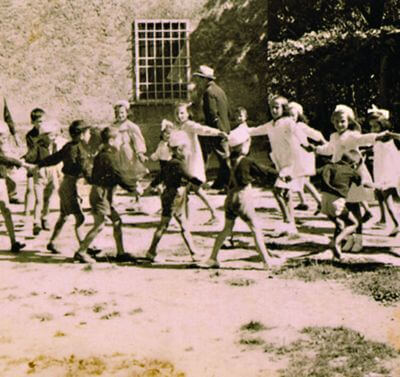
One day, some fascist collaborators of the Nazis posted a multitude of posters on all the walls of the village. The bill was warning every citizen of Sant’Anna di Stazzema to evacuate the hamlet, because of the forthcoming arrival of the Nazis troops. They were coming to hunt their enemies and the Italian antifascist partisans.
Despite the warning, the inhabitants refused to leave. Some did not know where to go, and some were hoping for the partisan’s support. Anyhow, men decided to hide inside the iron mines nearby the village to escape from the eventual capture by the Nazis. Instead, women and their children remained, thinking to be safe and free from any danger. In fact, the Nazis were interested only in capturing men. Giovanni Aldemaro and his family finally decided not to risk and moved to Montebello, another hamlet nearby Camaiore, hosted by some acquaintances.
The ingredients for making tordelli
On August 9, young Mita decided to start making tordelli, a typical local food, which they were supposed to eat on August 15, on the occasion of the celebration of the Assumption of Mary.
Not having enough flour and meat to prepare them, she thought of getting them from relatives and friends in Sant’Anna di Stazzema, in exchange for soap and perfume. She decided to travel to Sant’Anna with her fiancé Carlo. Her little brother Piero, jealous of her, insisted on joining them. Considering the long distance to travel to and from in one day, Mita also thought it would be a good idea to spend another night in Sant’Anna.
The young couple’s parents disagreed. Giovanni Aldemaro was concerned about his daughter’s honor, while Carlo’s parents were worried about their son’s possible capture by the incoming Nazis.
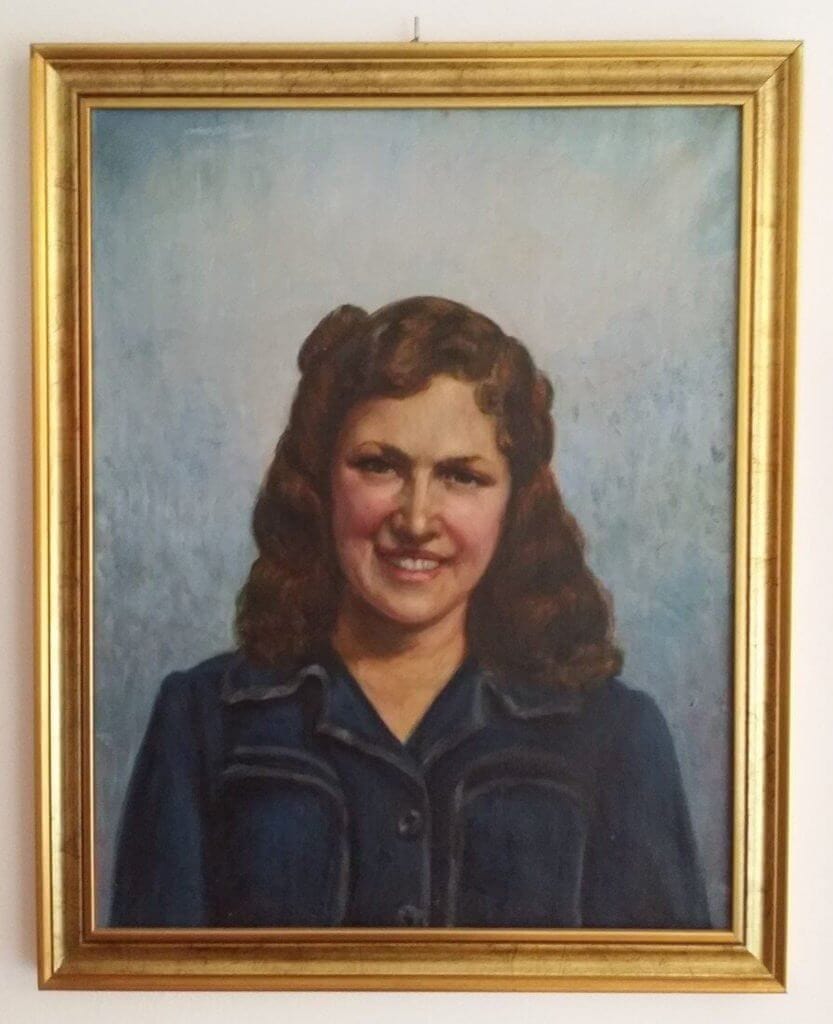

Mita, Carlo, and Piero finally left for Sant’Anna di Stazzema on Friday 11th August, walking along the mule track for about two hours and a half. Along the way, they will probably have relished the idea of spending another night there and having fun with friends. They were not afraid. Mita had some Partisan friends and she felt safe.
The arrival of Nazis troops on August 12
At 2 a.m. on August 12, John Aldemaro woke his wife and hosts. He screamed like a madman from a nightmare he had been having. He had dreamed of his two children burning surrounded by flames. Both the host family and his wife reassured him that it was just a nightmare and went back to sleep.
Early in the morning of August 12, young Mita and her brother Piero were almost ready to walk back to their family with all the supplies for the tordelli. Mita was on the threshold of her relatives’ house when an acquaintance noticed her. He, likewise, was leaving the village and invited her to walk together on the mule track. She told him that she was waiting for her brother Piero to tie his boots. The young man could not wait because he feared he might meet the Nazis on the way to Forte dei Marmi, and he said they could meet along the way. She nodded assent when they noticed some Nazi troops marching on the nearby hilltop. And he ran off waving goodbye to Mita.
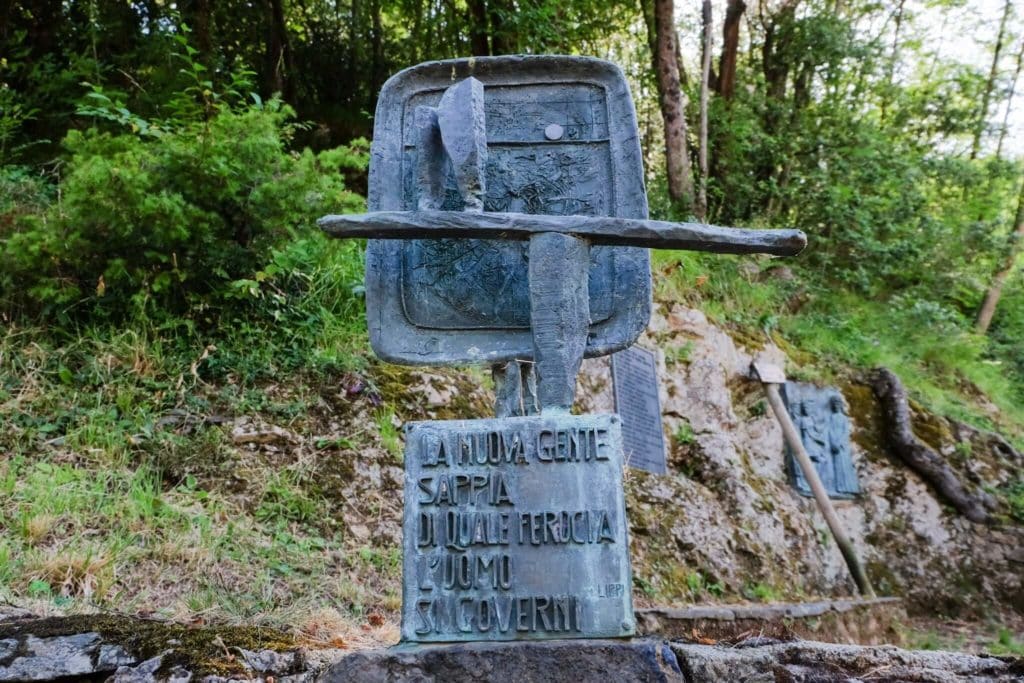
The 16° SS Panzergrenadier-Division “Reichsfuhrer SS” and the 36ª Mussolini brigade
Around 7.00 a.m., the 16° SS Panzergrenadier-Division “Reichsfuhrer SS” led by Commander Max Simon and some Italian collaborationists arrived in Sant’Anna di Stazzema.
The fascist members of the 36ª Mussolini brigade wore Nazis uniforms and balaclavas to cover their faces. They had hostages with them, collected along the way. The SS troops surrounded the hamlet coming from three different ways. Two were roads that connected the village to the plain. The third route was an ancient pass marked on their maps and used since ancient Roman times. This pass on Mount Gabberi was not far from the battlefield where in the last days the Italian resistance, the group of the I Cacciatori delle Apuane (Apuan Hunters) fought against the Nazis and the fascist brigade X Mas.
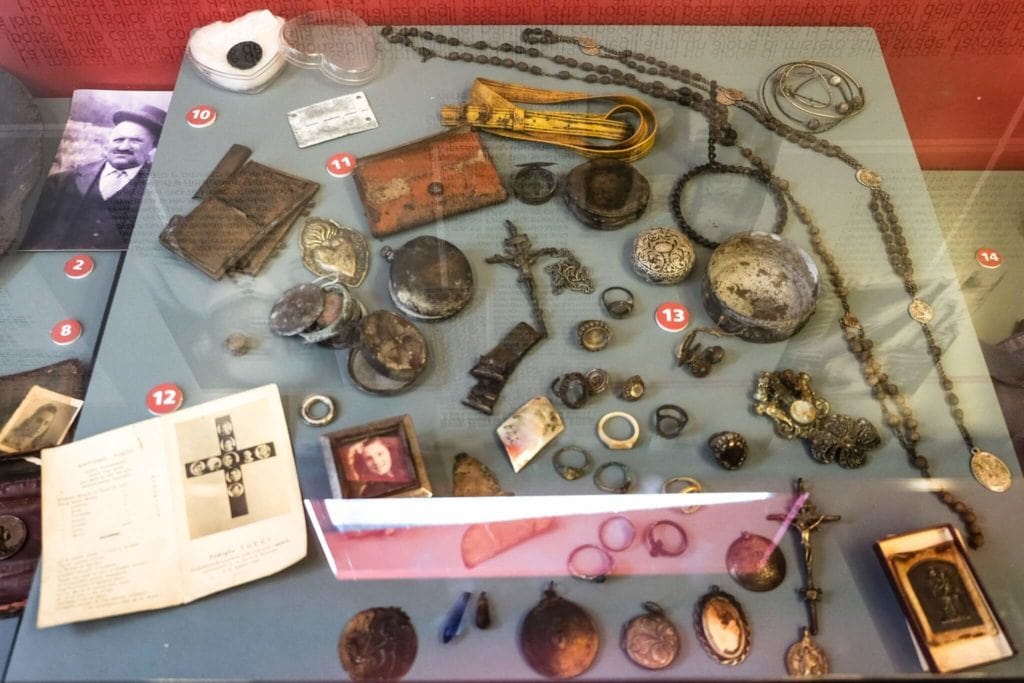
By 10.00 a.m. the massacre was already complete. The soldiers burned the corpses of 130 people killed by the machine gun fire in the square in front of the church.
That morning, Giovanni Alderano and his wife Elda looking out of the window of their house in Montebello in direction of Sant’Anna di Stazzema, noticed a smoke column. Wondering what was going on out there, they left immediately their place to reach Sant’Anna, worried for the life of their two children.
What remained after the massacre
Upon arriving in Sant’Anna di Stazzema, after a long and desperate walk, they witnessed a horrific scene that remained etched in their minds forever. The air was stinking. A river of blood flowed at ankle level. Hundreds of bodies were piled in the square. The massacre was consummated. Partisans were burning the dead bodies tortured by the Nazis to prevent infection.
Giovanni and Elda searched desperately for their children for days without success. One day, a man who had lost five children in the massacre told Giovanni Alderano: “You may as well stop looking for your children because they are with mine“. This man was one of the many hiding in the iron mine as the Nazis invaded Sant’Anna and began the massacre. Unarmed, they heard the voices of their women and children screaming in pain and terror.
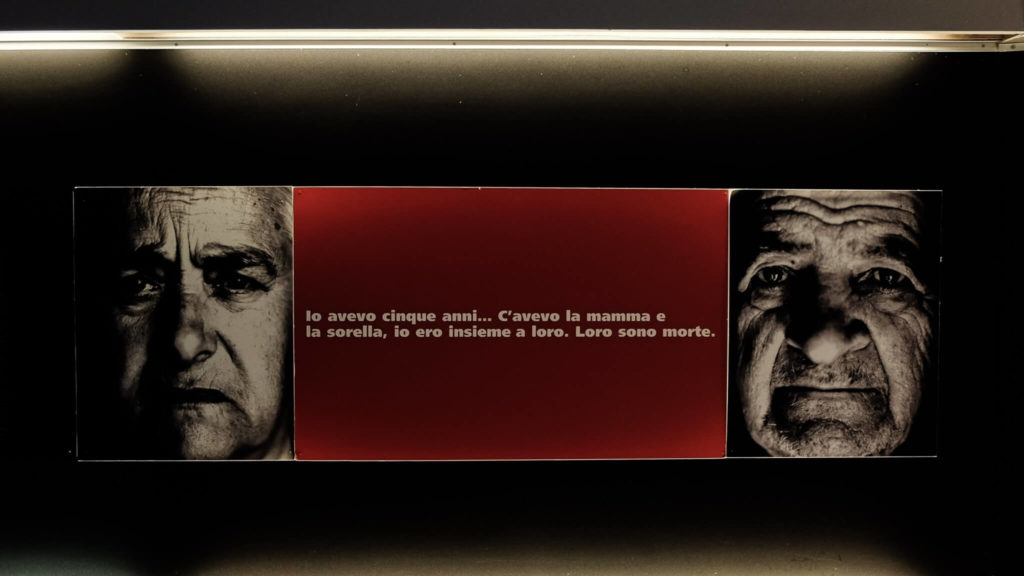
The National Park of the Peace of Sant’Anna di Stazzema
In 2000, the National Park of the Peace of Sant’Anna di Stazzema was created in the hilly area around the hamlet. The park represents an ideal union between environment, memory, and history that combine a virgin nature, the hamlets spread over the hillside and the sites of the massacre.
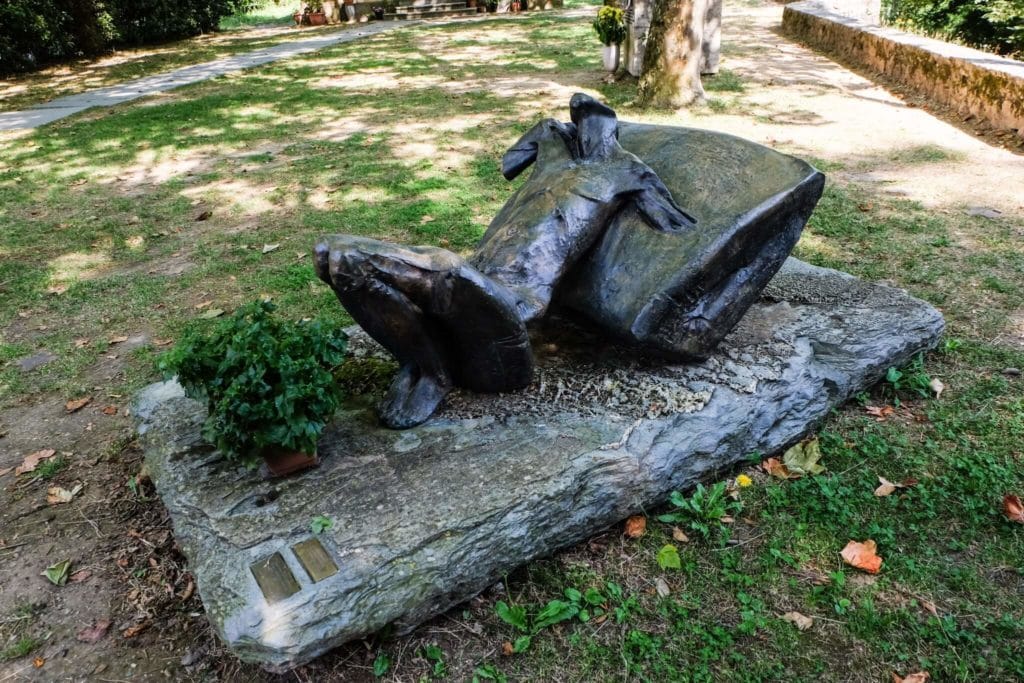
The primary purpose of the park is to keep alive the historical memory of the tragedy. And to educate new generations in the values of peace and justice, cooperation and respect among peoples and people.
Video interviews of the survivors with their testaments
Via Crucis
Within the park is the Via Crucis that leads to the Col di Cava Ossuary Monument. The paved path goes through the woods and bronze tiles adorn it. It refers to the Way of the Cross of Jesus Christ, as an emblem of the martyr, violence, and war in every time and place. It is an ideal path to find calm and peace. And also to inspire reflection and concentration on universal values, which are the basis of the Park’s birth.
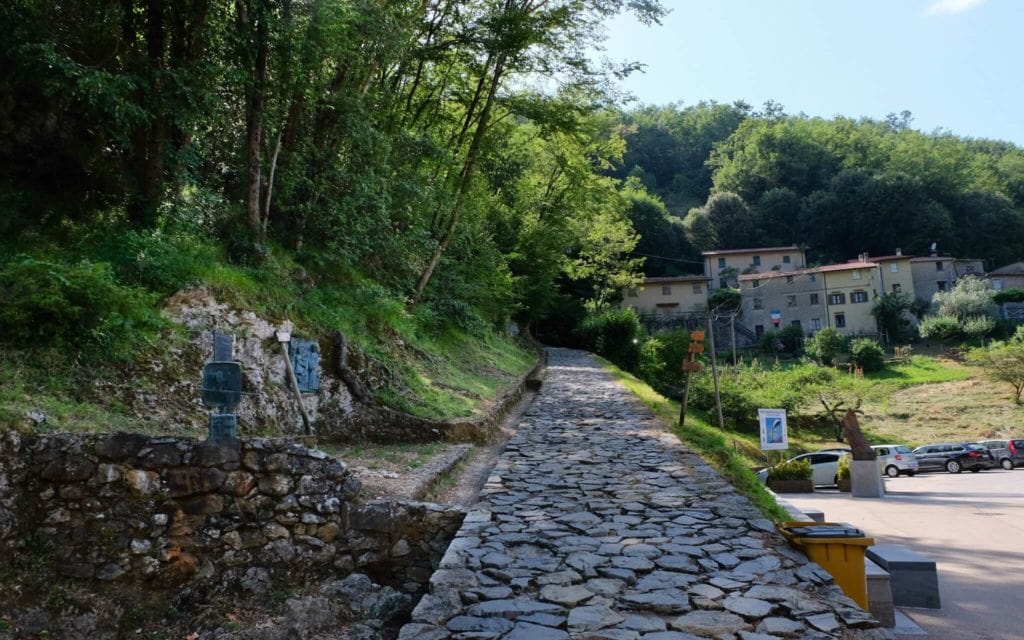
Ossuary Monument
As a sign of memory of the facts of that terrible 12 August 1944, the local people decided to build an Ossuary Monument on the hill of Col di Cava. The relatives of the victims and the survivors ended the construction in 1948. The monument is a tower made of stone 12 m / 39 ft. in height with four arches. Inside a sculpture represents a woman with a child who died in the Nazi-fascist attack. Under the basement are buried the relic of the victims. And a commemorating headstone brings the name of those people that was possible to identify.
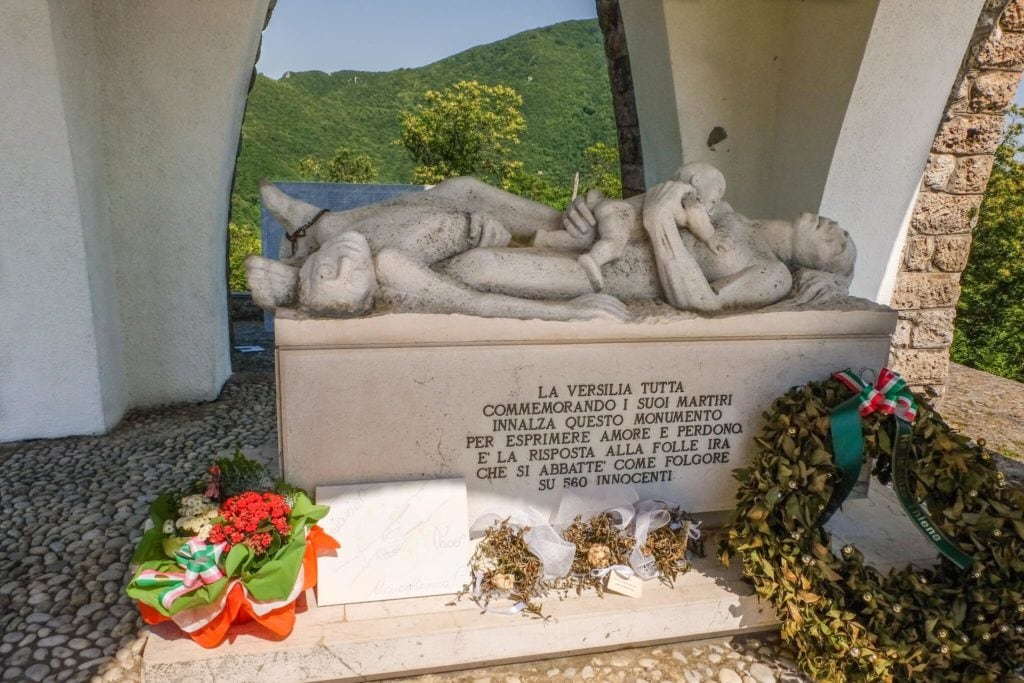
The Museum of Resistance
The Museum of Resistance collects proof of the events of 12 August 1944. It also hosts a collection of pictures by the famous photographer Oliviero Toscani. He shot pictures of the survivors as a testimony of their story.
The museum is open all year long and free entrance
Winter time is valid until 28 February 2023 (usually it goes from 1st October to 31st March).
- Monday: Closed.
- Tuesday, Wednesday, and Thursday 9.00 am – 2.00 pm.
- Friday and Saturday 9.00 am – 5.00 pm.
- Sunday 2.00 pm – 6.00 pm.
Summer Time: usually from 1st April to 30th September.
- Monday: Closed.
- Tuesday, Wednesday, 9.00 am – 2.00 pm.
- Thursday, Friday, and Saturday 9.00 am – 6.00 pm.
- Sunday 10.30 pm – 6.30 pm.
How to reach Sant’Anna di Stazzema from Viareggio and Forte dei Marmi
Pin It for Later!
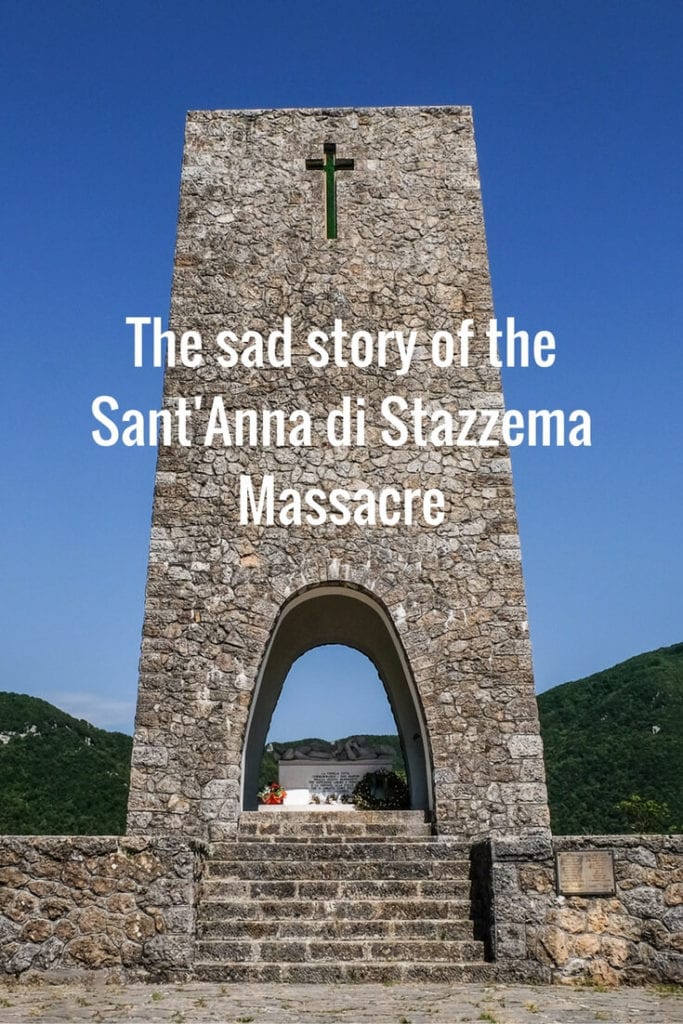

Thank you for sharing this very important history. We must always strive to be educated about history as it teaches us compassion for others and it helps us to not remake the mistakes of the past.
Hello Chandi, and thank you for your comment.
I completely agree with you, and especially on these days, where some people seems to have fun to play the war game, we must remember the mistakes of the past, because no one can feel allowed to play with people’s life.
I am sure that you will breathe the sense of peace of that place if you will visit it, and I am curious to receive your own feedback.
This is so sad, but thank you for sharing this, its important to share these stories especially at such a dark point in history.
Thanks for reading and leaving a comment. we agreed about the importance of sharing this stories to the people.
Please pass on my thanks to the lovely and strong man for opening up his memories of such a terribly painful time, I don’t have the words to describe the excruciating horror and pain, such an experience must have been for a seven year old boy, please tell him my heart goes out to that boy and to him now, to all affected by this absolutely atrocious, devastating viciousness, but I want him to hear my appreciation for reminding people, teaching people how precisely life is. How very important and crucial the love of humanity is.
I’ve read a few books about the bravery of the Tuscan people during ww2. I shall read this too, with this beautiful soul in my mind as I do ❤️❤️
Hi Lizzie, many thanks for you words, they come from your heart. 🙂 The one of Sant’Anna is just one of the too many tragedies caused by war. It is important that there is still someone who is keeping stories of WW2 alive for younger generations. We personally do not know the man in the video. Next time we go to San’t Anna we will try to investigate if he is still alive and we will bring your words. Ciao Ciao from Tuscany